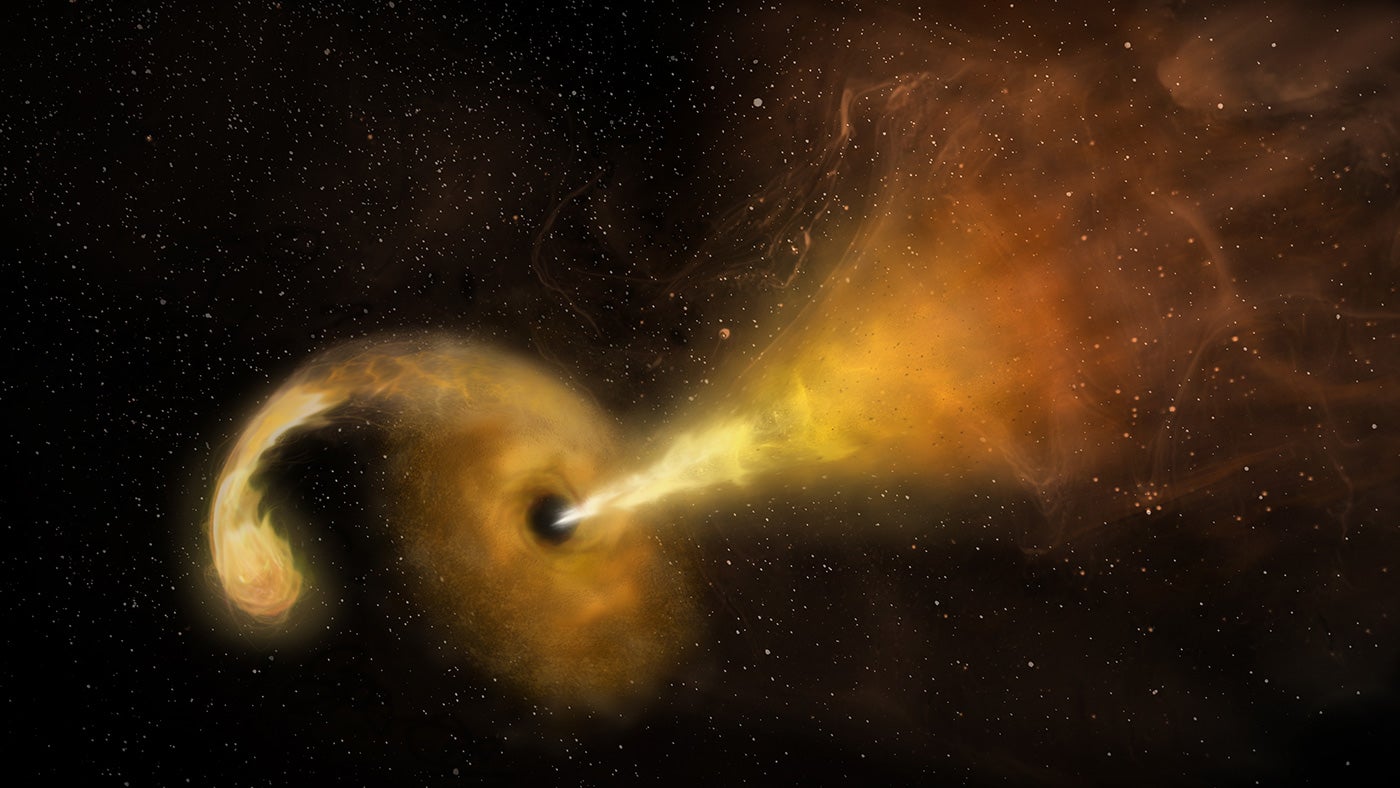Dark matter, the elusive substance making up a significant portion of the universe, remains a mystery to scientists. While its existence is inferred through gravitational effects on visible matter, its composition and properties are unknown. Researchers are now employing innovative techniques to detect dark matter directly, hoping to “hear” these elusive particles. One such experiment, located in California, uses a super-cooled radio to listen for the faint whispers of dark matter.
The Search for Dark Matter
The quest to understand dark matter is a fundamental pursuit in modern physics. Scientists know that dark matter doesn’t interact with light in the same way as ordinary matter, making it invisible to traditional telescopes. Its presence, however, is undeniable, evident in the rotational speeds of galaxies and the gravitational lensing of light around massive objects.
The Dark Matter Radio Experiment
The experiment in California, known as a “dark matter radio,” operates on the principle that dark matter particles, specifically axions, may interact with electromagnetic fields. Axions are hypothetical particles considered a strong candidate for dark matter. The radio is designed to detect the incredibly faint signals these interactions might produce.
Supercooling and Sensitivity
The radio is super-cooled to extremely low temperatures to minimize thermal noise, which could obscure the faint dark matter signals. This extreme cooling allows the radio to achieve unprecedented sensitivity, potentially enabling the detection of axions even if they interact with ordinary matter only very weakly.
Potential for New Physics
A positive detection from the dark matter radio would be a groundbreaking discovery, confirming the existence of axions and providing crucial insights into the nature of dark matter. It could also open up new avenues of research in particle physics, cosmology, and astrophysics. The experiment holds the potential to unlock a deeper understanding of the universe and its fundamental constituents.
Implications of a Discovery
The discovery of dark matter particles would have profound implications for our understanding of the universe. It would not only solve the mystery of dark matter but also provide valuable information about the early universe and the formation of galaxies. The detection could even shed light on the nature of gravity and other fundamental forces.
Conclusion
The search for dark matter is a challenging but essential endeavor in modern science. The dark matter radio experiment, with its innovative approach and advanced technology, offers a unique opportunity to detect these elusive particles. A successful detection would be a monumental achievement, ushering in a new era of understanding in physics and cosmology. The potential rewards of this search are immense, promising to reveal fundamental truths about the universe we inhabit.










